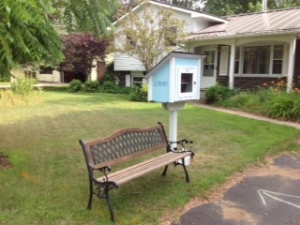I read so many excellent books in the first part of 2023, I made a blog post about it. The second half of the year was equally amazing. Below are my favorites of the books I read, July-December of 2023. Again, there are so many I’m going to attempt just one-sentence summaries with links to the authors’ pages for each.
Cloud Cuckoo Land by Anthony Doerr: Using the Greek myth of Aethon, creative and amazing characters, from the past, present, and future find meaning in the midst of great peril.
Klara and the Sun by Kazuo Ishiguro: In the not-so-distant future, Klara is an “artificial friend,” a robot with sentience and the goal of aiding her troubled teen “owner” into a happy and stable adulthood.
Artemis by Andy Weir: This fast-paced thriller, set in the future on the moon, features the fabulous Jasmine Bashara, a small-time criminal tempted to make a big-time heist that will get her into more trouble than she can imagine.
Tomorrow and Tomorrow and Tomorrow by Gabriella Zevin: The story of three friends who create a video game company. This well written description is stolen from the author’s website: this is a “novel that examines the multifarious nature of identity, games as art form, technology and the human experience, disability, failure, the redemptive possibilities in play, and above all, our need to connect.”
The Butterfly Collector by Tea Cooper: Australian historical fiction. I was lucky enough to get an ARC to read for a Historical Novels Society review.
A Wish in the Dark by Christina Soontornvat: (intended for ages 9-12) Set in a Thailand-like fantasy world, a child born in prison and a child born to a prison warden seek justice and truth. In part, the story mirrors Les Miserable with added excitement and great world-building.
Hamnet by Maggie O’Farrell: I finally got around to reading this much-hyped book, and it deserves all the praise it got. This is the story of Shakespeare’s son, Hamnet. Exceptional writing and story-telling.
The Lies of Locke Lamorra by Scott Lynch: Another book I should have already read. Fantasy at its best. The story of Locke Lamorra, the renowned thief and rogue, from his orphaned childhood to his most dangerous exploits.
Poison for Breakfast by Lemony Snicket: If you enjoyed his Series of Unfortunate Events, you’ll love this Snicket mystery which involves diving into philosophy. I couldn’t find anything about this book on the Lemony Snicket website, but this one at his publisher’s is clever.
I was lucky to read two phenomenal books set before, during, and after the Japanese occupation of Malaysia:
The Garden of Evening Mists by Tan Twan Eng: This book is written so softly, so beautifully, so peacefully, you almost don’t think of it as a book about pain and loss and war and torture, which it is. Short-listed for the Booker Prize.
The Storm We Made by Vanessa Chan: The story of the Alcantara’s family who are Chinese-Malaysian, told through the perspectives of Cecily (mother), Jujube (teen daughter) Abel (teen son) and Jasmin (young daughter). The decisions each makes will have devastating impacts on the rest of their lives.
Letters from Clara edited by Janet Newman: This is the only nonfiction book on my list. These are the edited letters of Clara Pagel of Wausau, Wisconsin. On her own, she traveled the world from 1936 to 1939 and wrote letters home to her friends and fellow YWCA members. Her curiosity, intrepid spirit and thoughtful insights about the world, just before it broke out in war, are fascinating.
One Came Home by Amy Timberlake: (for children ages 9-12 and adults) When the sheriff decides that the unrecognizable body in her sister’s dress is her sister, Georgie Burkhardt doesn’t believe it and sets off to find her sister. Set in 1871 Wisconsin, during the massive passenger pigeon roost, as well as the Peshtigo fire, this is fast-paced, historical thriller for kids.
The Final Revival of Opal and Nev by Dawnie Walton: Using interviews, articles, and letters this tells the story of fictional rock duo Opal and Nev’s rise and fall in music history. Walton is masterful in the changing voices of those interviewed and her descriptions. Everything feels so real. An amazing look at the music industry and its handling of gender and race.
The Eyes and the Impossible by David Eggers: (for ages 8-12 and up) I hope this wins the 2024 Newbery Award. Johannes is a wild dog that lives in a large park with other animals, including two buffalo who reside in a comfortably large pen. As the elders, the buffalo make decisions and solve disputes among the other animals. Clever and fast, Johannes is the eyes for the buffalo, running around the park and reporting on what is going on. I won’t give anything more away. This is an enchanting animal story with beautiful, full-page illustrations by Shawn Harris every 20 or so pages.
The Mermaid and the Bear by Ailish Sinclair: A magical love story set in late 1500s Scotland that encounters the devastation caused by hate, jealousy, and the abuse of power. This story made me cry.
Thanks for making it to the end of this long post! I read 96 books last year (almost 100!), and SO many of them were excellent. How lucky is that? I wish I could have recommended more, but this post has already gotten very long.
I’d love to hear your thoughts about these books, your own favorite books of the past year, or anything else you’d like to mention.
Happy 2024 and may it be a great year of reading!
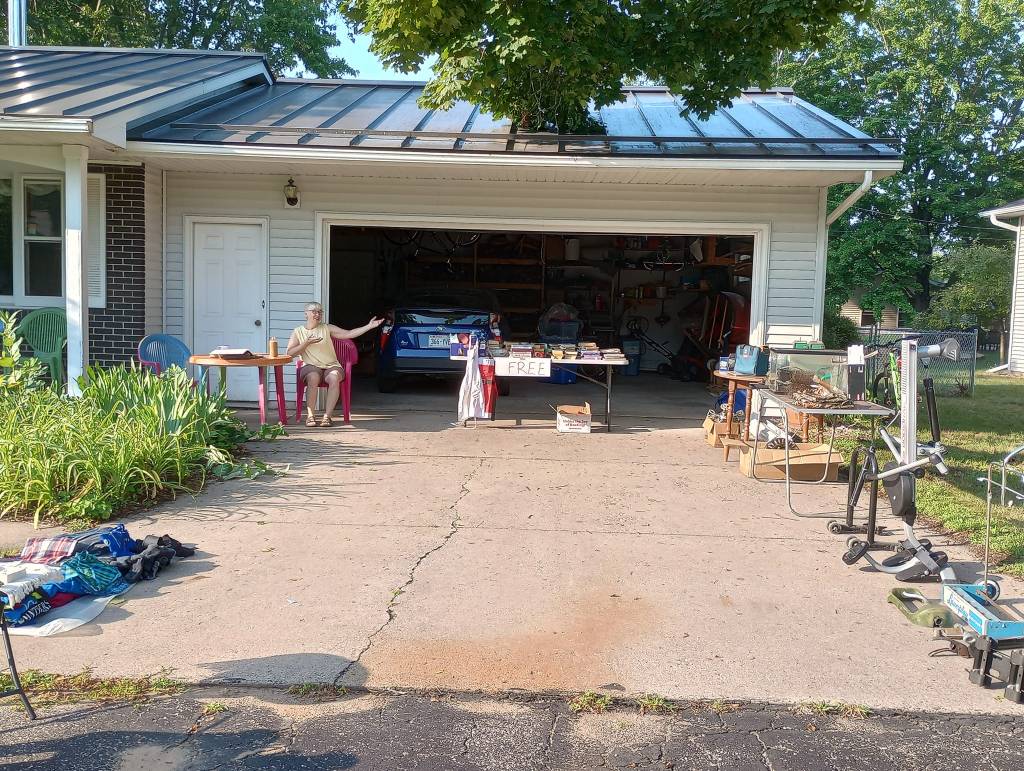






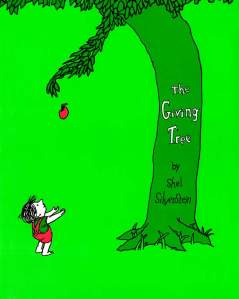
 Today I welcome Callie Bates to my series of author interviews. Callie is the author of the soon-to-be-released
Today I welcome Callie Bates to my series of author interviews. Callie is the author of the soon-to-be-released  Callie: Thank you so much for having me!
Callie: Thank you so much for having me! 




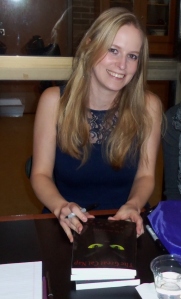 I am pleased to be able to interview Abigail Bostwick for the second time. Abigail’s first middle grade novel, The Great Cat Nap, was published by Cornerstone Press in 2013. It is the story of Ace, a reporter and a cat, who solves the mystery of a missing show cat. Abigail, who publishes as A. M. Bostwick, talked about writing that novel in
I am pleased to be able to interview Abigail Bostwick for the second time. Abigail’s first middle grade novel, The Great Cat Nap, was published by Cornerstone Press in 2013. It is the story of Ace, a reporter and a cat, who solves the mystery of a missing show cat. Abigail, who publishes as A. M. Bostwick, talked about writing that novel in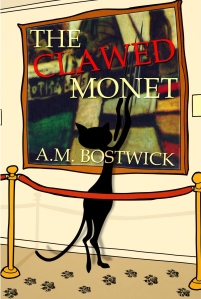 Abigail: Thank you so much for hosting me, Elizabeth! In The Clawed Monet, we find Ace on the trail of a new mystery following the scandalous opening of a new art exhibit at the historic Rhys Art Museum. When opening night is lights out after a peculiar power failure and a priceless Monet reproduction is clawed beyond repair, all paws point to the new curator’s prim and proper feline – Miss Kitty. Hired by Miss Kitty, Ace and his feline and canine friends are out to find the criminal and restore the reputation of Miss Kitty and her companion before they are fired. Tailing the shadow of a “ghost cat” through the historic district and a cemetery, Ace finds himself interrogating museum guests, local residents and even a so-called psychic cat to try and solve the crime. He’ll have to fend off a pack of Dobermans and contend with a gang of raccoons– all under deadline.
Abigail: Thank you so much for hosting me, Elizabeth! In The Clawed Monet, we find Ace on the trail of a new mystery following the scandalous opening of a new art exhibit at the historic Rhys Art Museum. When opening night is lights out after a peculiar power failure and a priceless Monet reproduction is clawed beyond repair, all paws point to the new curator’s prim and proper feline – Miss Kitty. Hired by Miss Kitty, Ace and his feline and canine friends are out to find the criminal and restore the reputation of Miss Kitty and her companion before they are fired. Tailing the shadow of a “ghost cat” through the historic district and a cemetery, Ace finds himself interrogating museum guests, local residents and even a so-called psychic cat to try and solve the crime. He’ll have to fend off a pack of Dobermans and contend with a gang of raccoons– all under deadline.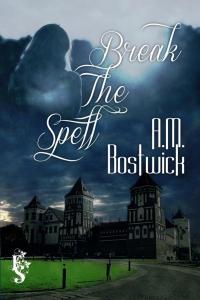 Abigail:
Abigail:
